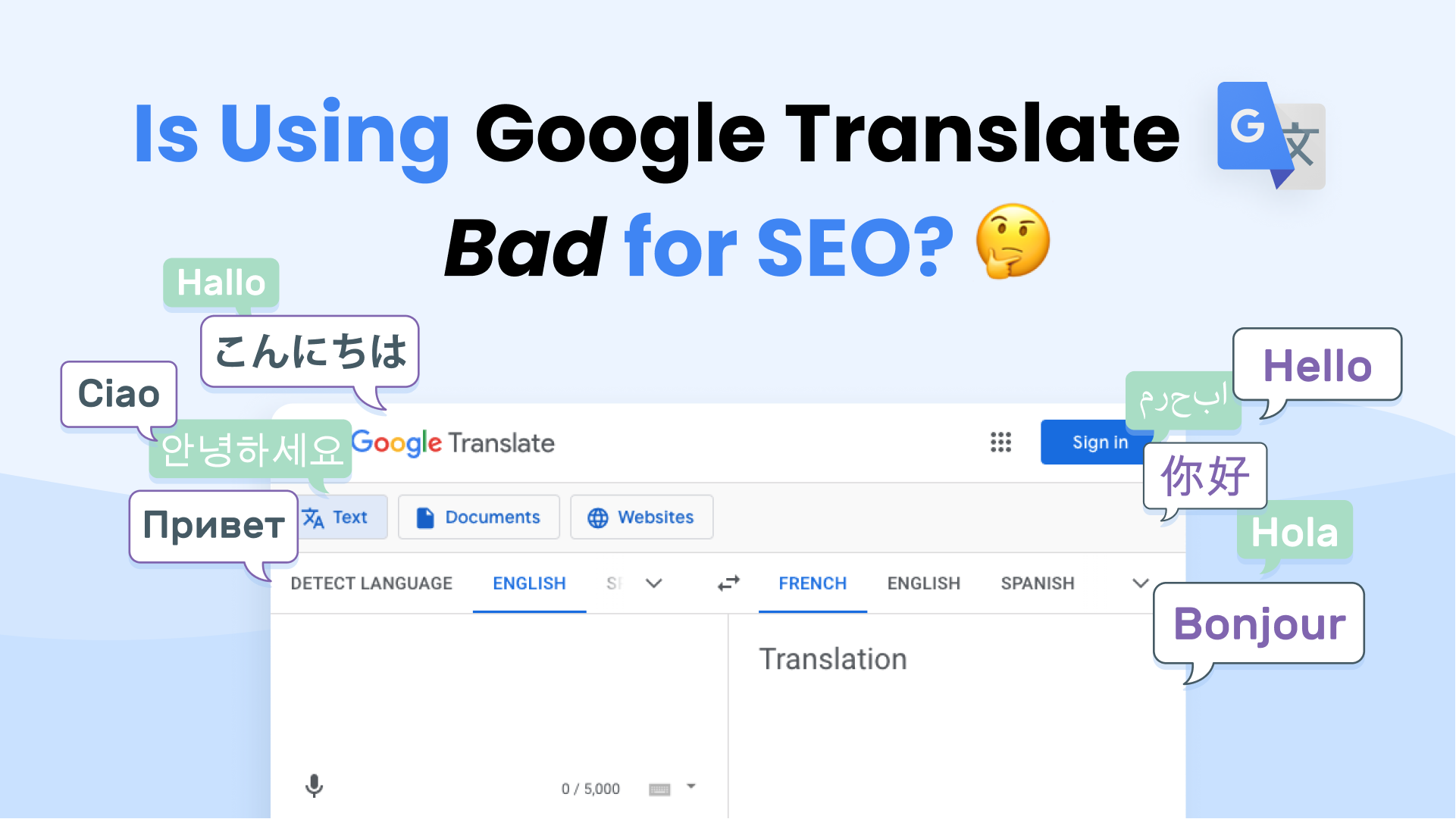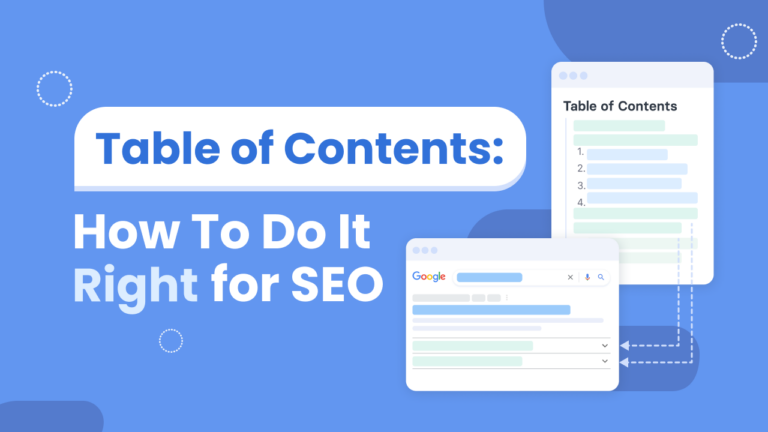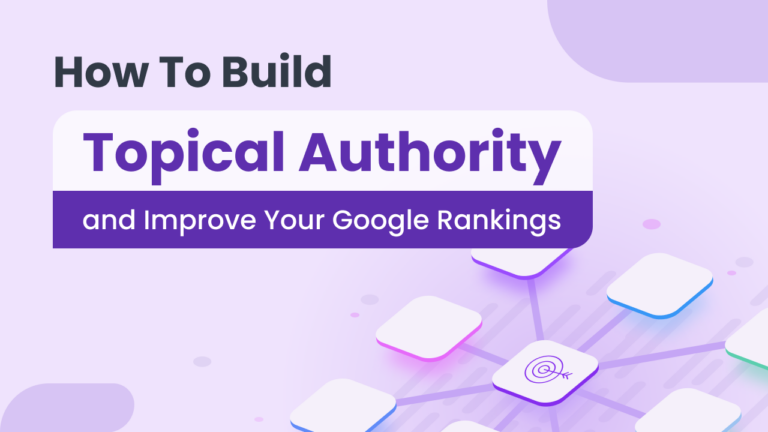Let’s say you’ve been publishing articles on a blog on an English website. You may think that it only takes a few clicks to use Google Translate and instantly make it available to a wider audience by leveraging the power of multilingual SEO, right? Think twice. Using Google Translate may make your content easily accessible to a foreign audience, but if you don’t make any adjustment to the translated content, it’s most likely going to fall short in one area, and that is SEO.
In this article, we’ll show why using Google Translate may have a negative impact on your SEO strategy, and how you can adapt your automatically translated to make it SEO-friendly. Let’s get started.
Is Translating Content Using Google Translate a Good Option for SEO?
Using Google Translate to make your content available to a wider audience is bad for SEO, if you plan to use Google Translate without adjusting the translated content manually. Let’s go deeper. Google Translate is an online translating tool that is freely accessible, and quite easy to use. It provides translation into several languages and dialects. So why not use it to translate a webpage into another language? Well, before you opt for Google Translate for your web content, you should know that this online tool works with a phrase-based machine translation, and in the real sense of it, this might not result in the accurate or colloquial interpretation which is required. And things were far worse a few years ago, when Google used to rely on word for word translation. and didn’t take the entire text into account when translating. Although its neural network learning system is effective in translation, Google Translate barely bodes well for your SEO strategy. If you translate a document that has already been optimized for SEO and publish it without any revision, don’t expect it to rank well for search results in the translated language.
Why Using Google Translate Is Bad For SEO
Google Search Advocate, John Mueller, shared insights and discouraged the use of online translation tools like Google Translate for creating content in different languages. Mueller cited the reason to be about quality content or the lack thereof. Due to the inaccurate expressions that would be derived from Google Translate, the quality of the content gets drastically reduced, thereby leading to very low ranking.
Sometimes, the content becomes totally incomprehensible when language-specific terms or idioms get literally translated. Meaning is lost, and the content is considered ‘low quality content’ by Google. Mueller explained further; “I think you have to consider the quality aspect. Just like, what kind of content would you expect in your own language? If you’re searching in your language and you find a page and you read it, and it’s like… I don’t know who wrote this. This doesn’t make much sense. Then you wouldn’t trust that page, right? Essentially, it’s the same thing. You’re creating content for German users and if they look at it and say, ‘oh, this doesn’t make much sense’ then they’re going to go somewhere else.”
Is Translated Content Duplicate Content According to Google?
According to Google’s John Mueller, a translated content is not a duplicate content. Now that we know that the duplicated content issues, one of the most common SEO mistakes, are out of the way, let’s go deeper.
Although Mueller clarified that a translated content is not flagged by Google’s Ranking Algorithm as a duplicate content (after all, the words are different), it still breaches some content regulations. This is another reason why Google Translate isn’t a good idea for content translation. It just violates one of the spam regulations on Google. This is because an automatic translation has been used verbatim, without the refinement, curation or human review, thus making the content published an ‘auto-generated content’. Google is always constantly refining its algorithms so that valuable and high-quality content will come up on a searcher’s results page. In order to do this, Google cuts out content that appears to be generated by a computer program. Publishing such constitutes a spam violation, resulting in Google’s manual action for all auto-generated content.
How to Avoid Content Translated by Google Translate to Be Flagged for Spam Violation?
To prevent your content from getting flagged for spam violation, a solution would be to revamp a translated content with the help of a content writer or a content editor who knows the language better. For instance, after translating an article from English to German using Google Translate, a German content writer can then fix the tacky expressions and rework the whole content, to ensure its readability and easy comprehension for native German readers. It may use a content optimization software such as Zenbrief to find relevant keywords in the target language, and insert them in the translated content. Zenbrief has an option for users to pick a non-English language and therefore provides keywords opportunities that are language-specific.
Another solution would be to have a German content writer create an original German content, implementing the right SEO techniques that would resonate with the target audience. This seems a more realistic solution, considering that the German content would most likely use different expressions as better fitting keywords, towards achieving an effective SEO. However, relying on a professional translation to make your website readable in foreign languages will definitely be more expensive than editing content generated by machine translation.
Clearly, using Google Translate to convert content from one language to another comes with somehassles for the SEO content creator but it’s still an efficient way to make content available to a wider audience and open your business to a wider range of customers and multiple countries.
Is SEO Important for Content in Different Languages?
SEO techniques are important in all languages. But in the end, international SEO boils down to how competitive your topic is in the target language. For example, the topic “green tea benefits” may be already explored by articles that cover the topic in depth and provide the readers what they want. However, the same search query in French may not be covered extensively by web-pages written in French on search engines. And since Google is all about making content easily accessible and useful, you may not need a great deal of search engine optimization to rank well after adapting your article to the French language.
In addition, content writers and marketers who are interested in ranking their content on a global scale may need to know the various international search engines where their content must be optimized for.
Google is the top search engine for Spanish, Italian, Portuguese, French and German markets. Aside from this, there are other non-English search engines such as Baidu (the number 1 search engine in China), Qihoo360, Yandex (used in Russia), Naver (used in South Korea), amongst others. Google search with focus on these above-mentioned countries will simply result in Google giving you smaller search volumes.
In fact, even in the US, about 13% of ‘searchers’ use other online search engines besides Google, with Bing and Yahoo being the runner-ups. The good news is that since SEO for Google is all about making your content relevant and useful to your audience, it’s likely that all your SEO efforts will help you rank your content well on other search engines.
Besides, it is vital to create content which is optimized locally, for a wider range of audience. For products and services offered on a global scale, it has been observed that localizing the website results in more customers, leading to more sales and profit.
From the above, it has become clear that translating a website is not simply about converting words from one language to the other. The aim is to ensure that valuable, readable content is created and optimized for different markets with different languages and cultures, paying attention to their local expressions and patterns.
How to Do SEO in Translation?
Although Google Translate and many other automatic translators are improving, they are still not effective enough to be SEO-friendly without any human touch.
Optimizing a multilingual website for search engines ranking requires a strategic approach. The goal is not just to translate, but also to optimize for multilingual SEO.
Fortunately, there are now smarter ways to make a translation, in a way which would align with your SEO goals. Artificial Intelligence (AI) is playing a huge role in aiding search engine optimized translations.
Tools like Zenbrief use a subset of AI called Natural Language Processing (NLP) to analyse your competition for a given topic (ex “thé vert”, the french for “green tea”) in your target language.. It automatically creates a content brief that will tell you how long your content should be, which keywords you should include, which questions you should answer and which links you should include. It can also help you build an SEO-friendly content outline that will help you achieve the content depth and breadth that search engines value. All these infos are language-specific and wouldn’t be captured by an automated translation.
What about Culture and Context in Translation? Does It Matter For SEO?
One tip for translating smoothly in a well-optimized way is that you must always translate with the culture and context of the new language in mind. Again, this is not something that Google Translate or any other machine translation can help you with. In order to preserve the intended tone, translations must have the appropriate contextual cues, which would hold meaning for the audience of that language.
In fact, the overall presentation of the content must follow cultural propriety, and not just read as a literal translation. The right tones, themes and references differ from language to language, and while the core message might remain unchanged, meaning must be targeted.
Why does this matter for SEO purposes? Well, the more your content feels “natural” in the reader’s native language, the more likely that reader is going to stay engaged. And the more engaged. Since engagement metrics matter for SEO, it is therefore best to rely on a native speaker to perform a human translation from scratch or make an automatically translated content feel natural into the target language.





